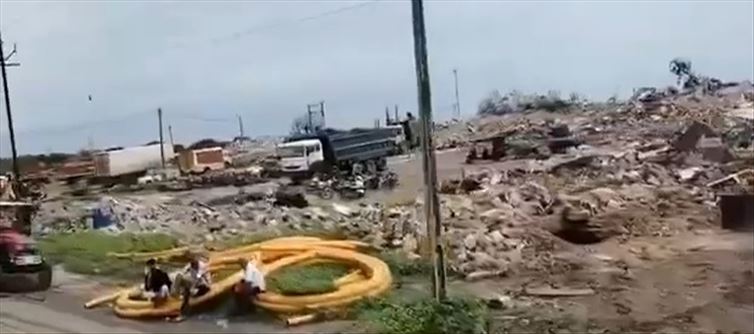
In this specific case, the 57-acre parcel of land had been under unauthorized occupation, prompting government action to clear the encroachment. local authorities, often in collaboration with the Waqf board, undertook a series of demolitions to remove illegal structures built on the land. This move aligns with broader efforts to address land encroachment issues in the country, where valuable land is often grabbed and used for private gains.
The reclamation of this land is being seen as a victory for the Waqf board and the state in restoring public resources for the benefit of the community. It sets a precedent for the enforcement of property rights and the protection of religious or public lands from unauthorized occupations. However, such actions also face resistance from occupants and political challenges, making it a complex legal and administrative issue.




 click and follow Indiaherald WhatsApp channel
click and follow Indiaherald WhatsApp channel